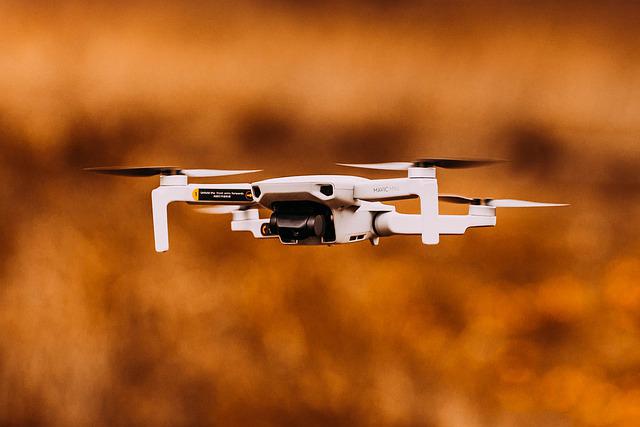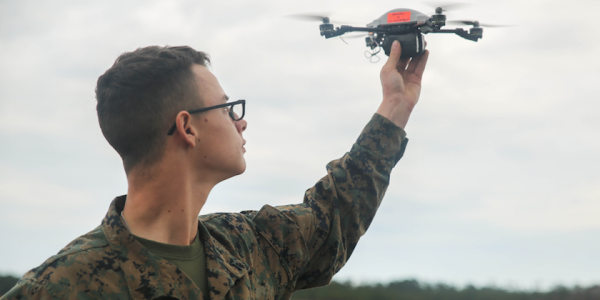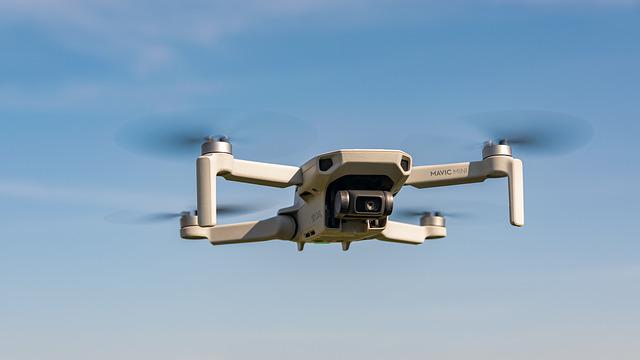
Drones could be the future in firefighting, but drones can also pose a danger. Drones may interfere with firefighting operations. This could lead to fines or criminal prosecution. In addition to legal implications, drone use should have practical repercussions for all parties involved. Follow the impact of drones using social media, including posts from different agencies and #ifyouflywecan hashtag.
Unauthorized drones can cause wildfires
Firefighters are concerned about drones flying in the forests of the state. They could interfere with firefighting efforts, disrupting firefighting tanker pilots, or possibly interfere with them. This could result in them making errors in their flight plans which could endanger firefighters on ground. This is why drones have been banned from wildfire zone. Drones can also be a danger to law enforcement, firefighters and aircraft.
Firefighting aircraft fly in turbulent and smoky conditions. Their safety is dependent on other aircraft in the area. Their safety may be compromised by the presence of drones. Some drones have led to the suspension or reduction of air operations and a decrease in wildfire suppression effectiveness. Drones may be used in emergency situations, such as forest fires.
Drones flying high above fires for many days cruise in high-altitude airspace
High-altitude drones could be used to fly high above wildfires. They can send back video and photos to allow firefighters to view where they are, what their growth rate is, and how long it will take them to extinguish. These drones are able to fly in places where manned vehicles can't, so they could be useful after dark, when firefighters have been grounded. In the future, such technology could even save lives.

The future may see advanced drones being used to fly over wildfires and share information with other firefighter crews. This would be a huge help if drones were autonomous. However, that is not what they have at the moment. Drones can also do a lot more. Kelly Boyd, a drone specialist, is testing this technology on wildfires in Wyoming and Oregon.
Thermal cameras are essential for drones
Thermo-cameras are now available for drones. These thermal cameras give you a bird's view and provide information that isn't possible from the ground. These drones are also useful for mopping up. Thermal cameras can quickly guide rescue crews to hot spots. Learn more about the importance of thermal cameras for drones in wildfire situations. Here is a brief overview of the advantages of thermal cameras for drones.
Thermal cameras can be invaluable in the cleanup phase of wildfires. To stop further spread, ground crews need to identify hot spots along a fireline. These hot spots may be dormant for hours and not be visible through smoke. Smoldering embers can be carried away by the wind. Thermal imaging drones (such as the DJI ZenmuseH20T) can spot hot spots with particular temperatures and notify ground crews that they have to move.
Drone swarms may be the future for firefighting
UAVs are proving to be an excellent way to fight forest fires. How does this work? Study reveals that drone swarms need to work together in order for them to be efficient. They need to be able recharge and refill their liquid extinguishers automatically, as well as being able quickly to deploy as mobile units. They may become the future of firefighting if these systems can meet these requirements.

Global Drone Swarms for Firefighting Market Report covers key market drivers, challenges, and highlights various aspects of this industry. Moreover, this report will help stakeholders make relevant decisions and market their products effectively. This report will serve as a guide for marketers in the development of new products. In addition, this report will provide an in-depth analysis of the global drone swarms for firefighting industry and identify key companies operating in this market.
FAQ
With a drone, can someone spy on me?
Yes, anyone can use a drone to spy on you. The only way to protect yourself from drones is to be aware of them and avoid areas where they may fly. Do not hesitate to call 911 if a drone is seen flying.
What laws apply to flying drones?
The Federal Aviation Administration (FAA), in the United States, regulates all aspects related to drone operations. A certificate issued by the FAA is required to commercially operate a drone. You must then complete a course on piloting skills and pass an examination. You will then need to pay an agency fee.
What drone is the best for beginners?
The DJI Phantom 2 Vision+ is a popular beginner drone. This drone comes with a 4K camera which can be used to take aerial photos and videos. This drone can be navigated using the built-in GPS.
What kind batteries does a drone need?
Most drones use lithium-ion batteries. A typical drone runs on between 3 and 6-volts.
Statistics
- With the top 10% making over $100/h and the bottom 10% making as low as $10/h. (dronesgator.com)
- According to Indeed, a drone pilot gets paid $25.73 per hour on average in the US. (dronesgator.com)
- Research and Markets predict a growth rate of 51.1% over the next five years. (thedroneu.com)
External Links
How To
How to Fly Drones at a Beginning Level
A drone refers to a remote-controlled aircraft designed for aerial photography, surveillance and scientific research. The technology behind drones has been around since World War II. DJI introduced their Phantom series of quadcopters in 2010, but commercial use only began in 2010. Since then, there have been many different types of drones available, from beginner-friendly models like the Parrot AR Drone 2.0 to professional-grade multi-rotor craft like the DJI Mavic Pro.
There are many methods to fly a Drone, including
-
Remote control – This is when you attach a device to your hand that allows you to control the drone's flight path. There are two main types for controllers: Joysticks or On/Off switches, which can be used to control the drone's flight path.
-
Manual Control- This allows you to control your drone remotely via GPS coordinates. You must keep track of the location where you want the drone to go and follow the instructions from the app.
-
Autonomous Flying - This allows the drone to take over all of the piloting duties. The drone is able to fly autonomously, without the need for human intervention. To enable autonomous flight, the drone should have a built in camera and sensors capable recording images and data.
-
Triggered Flight – This method is very similar to manual flight. The pilot creates a route that the drone will follow until it reaches the destination. After the program is complete, the drone automatically returns to the ground.
-
Landing Gear – Some drones are equipped with landing gear, which allows them to safely land if they lose power during flight.
-
Goggles - Some pilots wear goggles to protect themselves from debris while operating.
-
Camera - Some drones are equipped with cameras allowing you to capture photos and videos from above.
-
Obstacles: Some drones are equipped with obstacle avoidance systems to prevent them from hitting obstacles.
-
Speed - Some drones can travel at speeds over 40 mph.
-
Battery Life: Most drones have a battery life of between 20 and 30 minutes depending on how many power sources you use.
-
Distance - Some drones can travel up 30 miles depending on the model.
-
Power source: Some drones will require an external power source while others can be powered by internal batteries.
-
Weight – Some drones are less than one pound, while other models can be up to four pounds.
-
Size - Drones come in many sizes, from small gadgets that fit in one's hands to large craft that weigh more than 50 lbs.
-
Price - High-end drones can go for thousands of dollars, while low-cost models start at $100.